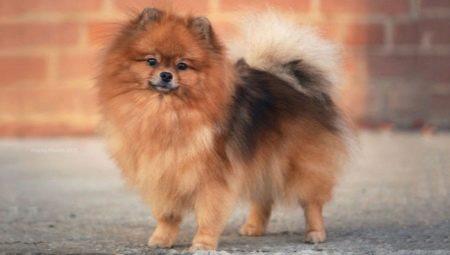Today we look at miniature teddy dogs of miniature spitz, they are dwarf spitz. The prefix Zwerg already tells us that the animal is very small. The doggie has thick hair, a small tail with a ringlet, a pretty muzzle. These signs give the dog a kind of “toy” look that you can’t remain indifferent to.
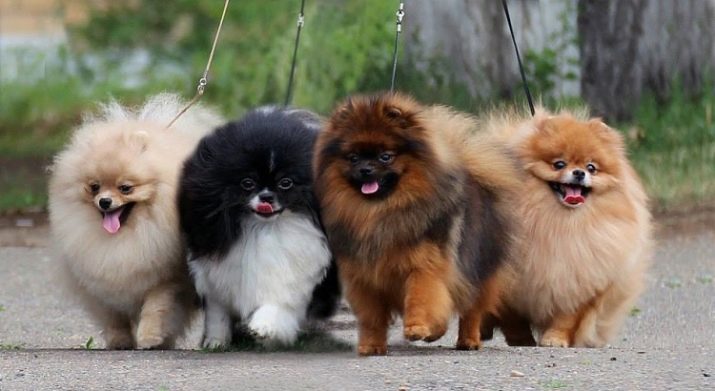
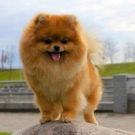
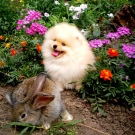
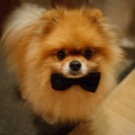
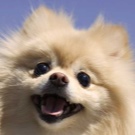
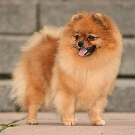
However, an animal can stand up for itself and its owner without fear, it is distinguished by energy and intelligence. Why are zwertspitz often called oranges, is this true or not? What are the differences, how to care for your pet?
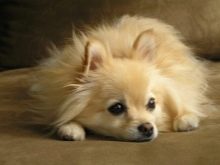
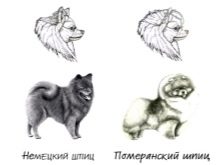
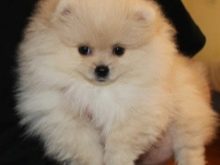
Description
Miniature Spitz originally from Germany. It is for this reason that the dogs got a different name - German Spitz. The size of the dog is determined in two categories - height and weight. The growth of the highest dogs reaches no more than 20 cm, the weight category in the region of 3 kg. A miniature Spitz weighs on average 2.4 kg, and reaches a height of 18 cm.
In addition to a pretty appearance, the animal has a rather long lifespan. With proper care, pets live 18 years or more. The color of the wool of a dwarf animal is diverse. The breed standard allows the following types of colors:
- brown with black;
- white with gray.
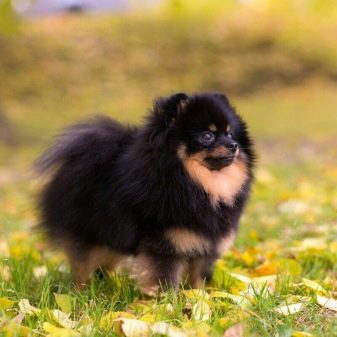
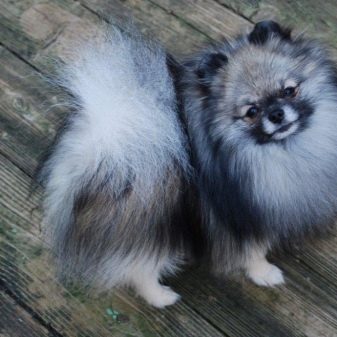
Puppies, like all babies, look touching, but the most common color of the miniature spitz is orange-gold. A dog of this color resembles a small fluffy fox. Despite its thick but airy fur, the breed of the dog is hypoallergenic, without causing any signs of allergic reactions in humans.
True, it requires careful care and regular compliance with all necessary procedures.
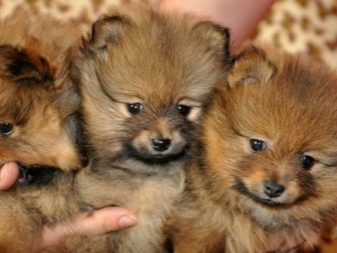
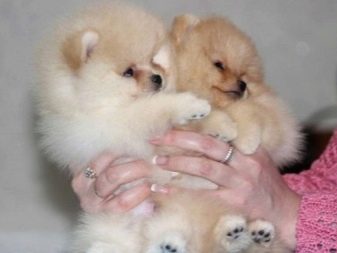
A bit of history
The first mention of German Spitz can be found in the Middle Ages. The second name "Pomeranian" dog received thanks to the country from which the breed was distributed around the world. In Pomerania, and now Germany, the first representatives of the breed of dwarf dogs were bred. Therefore, the dog can be called both, and so - both options will be true. The breed gained its true popularity after puppies appeared on the territory of England in the 19th century. Queen Victoria brought them there, taking the kids from Italy.
The ancestors of the miniature spitz used to reach a large weight category, namely they weighed 15 kg, the size of the animal allowed its use as a shepherd breed. By breeding the animal with other breeds, the breeders managed to get a miniature dog with high decorative characteristics.
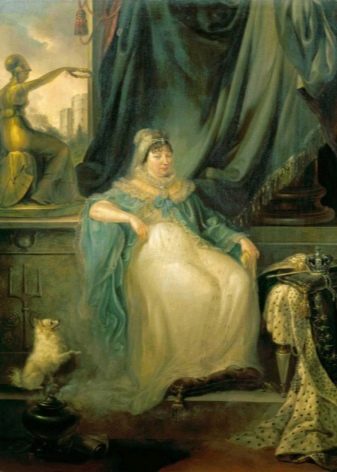
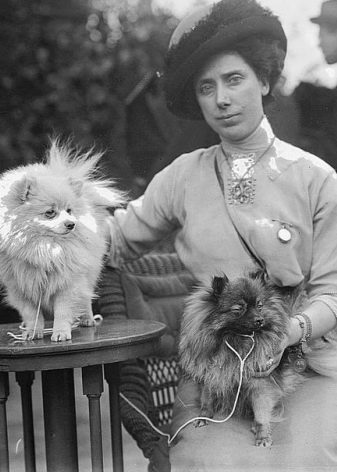
In 1871, the miniature dogs got the status of an officially recognized breed. Two decades later, a standard was developed by which the characteristics of the animal are compared with other representatives of German Spitz: oranges, Kleinspitz. In America, the country's cynological club recognized the miniature spitz relatively recently, in the 20th century.
At the moment, the decorative characteristics of the dog allow the animal to be used only for home maintenance, bringing visual pleasure to the owner. The tiny size of the miniature spitz does not allow them to perform other functions, despite keen hearing, loud loud barking. The pretty appearance of the dogs does not fit with the arrogant and self-confident character of the animal. Dwarf spitz need training.
The energy of the animal allows training for several hours in a row.
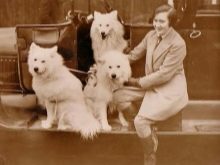
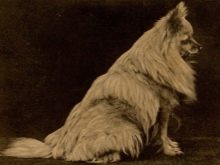

What is the difference from Pomeranian?
Consider the standards of the two federations FCI and ASK regarding dwarf miniature spitz and ordinary pomeranian. What are the differences?
- Origin. Pomeranians were bred from German Spitz by crossing the main breed with others. Oranges have changed the structure of the coat, its color. All puppies brought to Russia from abroad are called German Spitz, which is not entirely true. However, this gives the right to breed dogs according to German Spitz standards. When exported, the animal is considered an orange.
- The size of the animal. According to the classification of ASK standards, oranges reach a height of up to 28 cm and weigh an average of 3 kg. According to the FCI standard, Klanschpitz stands out with a height of 23 cm and miniature spitz with a height of 20 cm and below.
- The color of the coat. On the territory of Russia, breeds with golden, black, white, grayish, brown colors are recognized. Imported oranges may have other color options.
- Head. The ears of Pomeranian dogs are widely spaced, small, the muzzle is short with a pronounced stop. German Spitz have narrow-set, pointed ears, the muzzle is sharp, reminiscent of a fox.
- Jaw, teeth. In oranges, as a rule, there are no premolars, sometimes toothlessness happens. German Spitz grows 42 teeth, scissor bite.
- Limbs. The forelimbs of oranges with steep metacarpals located at an angle of 90 degrees (visually), the slope of the metacarpus of German Spitz passes at an angle of 20 degrees.
- Tail. The main distinguishing feature of oranges is their tail, it never curls in a ring. The tail of German dogs is located above the back and can form a double ring.
- Wool structure. Oranges sometimes lack completely the outer hair; the coat is double. The undercoat is thick, wadded. The hairs of the structure are similar to spirals. The Germans have double wool, but long, straight, erect. The hairs curl slightly.
- Breeding. Imported animals are allowed for breeding without an exhibition rating, but with the presence of documents on the pedigree of the dog.German Spitz are bred after receiving an exhibition grade, not lower than the level of "very good" with the obligatory presence of a pedigree line.
Why can a dog living in Russia be less than FCI standards? The fact is that in Russia there is a mating of miniature spitz with smaller brethren and vice versa.
The mating of two zwergspitz brings a variegated litter, in which puppies are obtained both dwarf and ordinary.
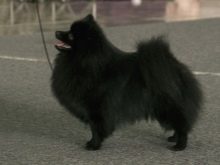
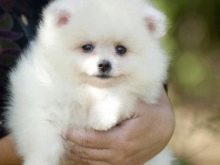
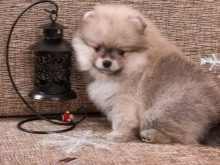
Advantages and disadvantages
The character of the animal is quite wayward. Despite its dimensions, the dog is not afraid to enter into conflicts with representatives whose dimensions are many times larger than the miniature spitz. Loud and sonorous barking can be a big minus for the hosts. The dog loves to bark at everything that moves, she can continue this indefinitely, so it is sometimes impossible to stop it with nicknames.
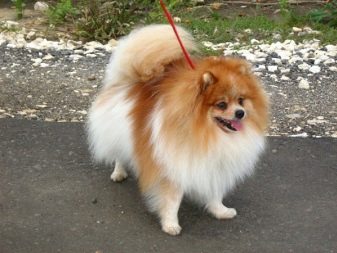

Basically, the animal is friendly, treats children well, but on one condition. Zwergspitz needs training, otherwise the dog’s character will deteriorate, it will become moody and aggressive, will begin to dominate the house. You can not get a dog if the house has small children. The child's ideal age for exploring Spitz is 7 years and older.
The dog requires a lot of attention to itself, which is why the character can be called intrusive. Fear of being left alone makes you seek attention to your person by any means, from barking and whining, to spoiling things.
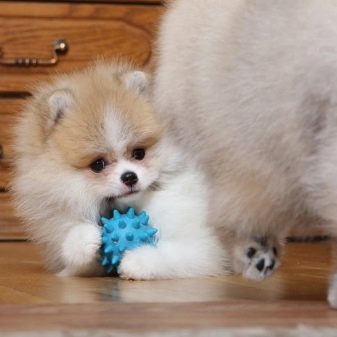

We highlight the positive features of the animal:
- cheerfulness, activity, playfulness;
- decorative qualities, good looks, outward appeal;
- cleanliness;
- learning ability, quick memorization of commands;
- suitable for participation in championships, exhibitions of various levels of class;
- tolerance for other pets;
- willingly makes contact with children.
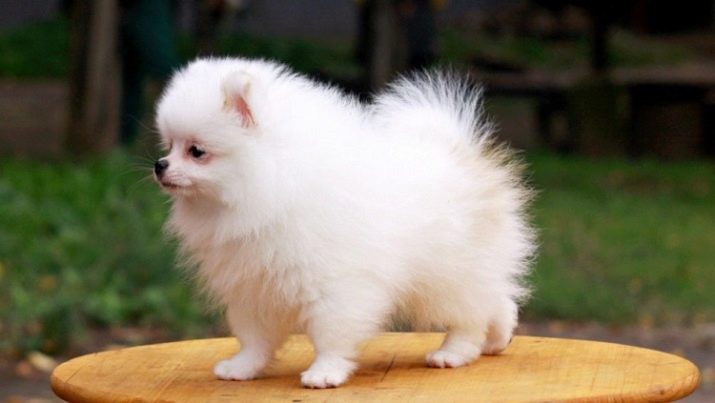
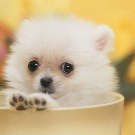
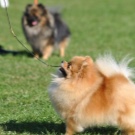
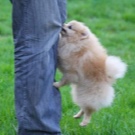
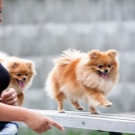
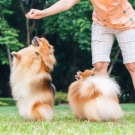
The disadvantages of the breed include:
- high cost, which can reach up to 100,000 rubles. The average market price ranges from 10,000 to 40,000 rubles;
- voiced barking;
- unnecessary fearlessness, excessive curiosity.
The teeth of a dog are prone to caries, the formation of tartar, stomatitis, and various inflammations. It is necessary to visit veterinary clinics once a season to undergo preventive brushing, followed by oral hygiene at home.
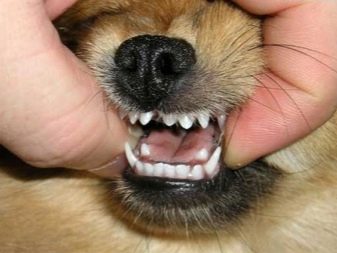
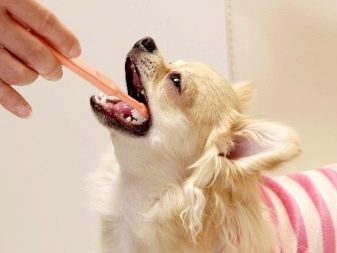
When changing milk teeth, a visit to the dentist is mandatory. The problem is that after tooth loss, its roots remain in the same place. Failure to remove the roots can lead to complications and a long expensive treatment.
Spitz is often overfed, which makes it harder to save the dog extra pounds with age. Being overweight has a negative effect on the health of the animal, in particular on the heart. Due to increased activity, accompanied by jumping, running around, the animal can easily be injured. Thick and curly hair of the animal requires careful care, constant combing, haircuts, bathing.
It is necessary to carry out hygienic treatment of eyes, ears, paws.
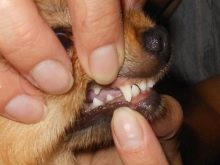
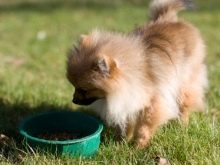
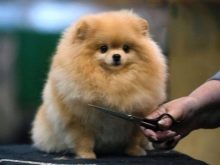
Selection recommendations
Before you get a dog at home, you must familiarize yourself with the rules for choosing an animal. First you should familiarize yourself with the dog’s pedigree. It is not recommended to take animals obtained from blood mating of the same family or during crossbreeding with an unknown partner. It is advisable to purchase dogs in specialized nurseries. Such animals have no problems with pedigree documents, each pet has its own veterinary passport. In addition, the kids are accustomed to humans, a little trained.
Carefully inspect the room in which the crumbs are kept. The rooms should be clean, bright, spacious, without unpleasant and other odors. Animals must be mobile, active, without traces of dirt, skin irritations. Eyes and nose without discharge. Then you should determine the gender of the pet. Representatives of the male half are larger, more powerful, show more curiosity, activity.Females are graceful, lighter and more attached to the owner.

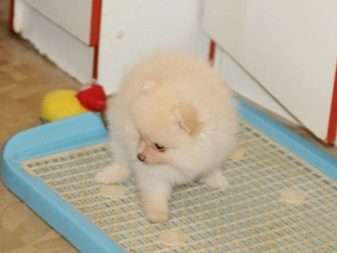
Count the number of puppies. Spitz in the litter brings a maximum of 3 puppies. If there are more tiny animals, then this suggests that the dogs are on artificial feeding. Such animals can lag behind in development, growth. Inspect the puppies. Touch their heads, carefully feel the fontanel area. If it is not closed, you should refuse such a puppy. Feel the coat, it should be smooth, shiny, soft, without tangles. The abdomen is soft, the tail without creases, cones.
Observe the behavior of the kids. They should be fun, playful. Each animal has its own temperament, the dog can behave phlegmatically, but without signs of fatigue, pain. Having decided on a pet, it is necessary to conclude a sales contract with the breeder. This will protect you from unscrupulous sellers and other problems with the animal.
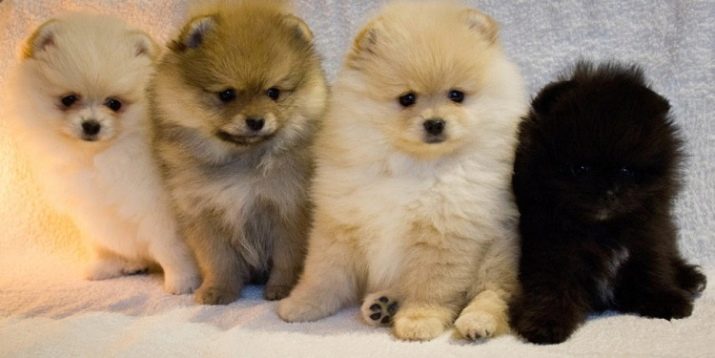
Food
The diet of the miniature spitz must be properly built, it affects the health of the pet. An adult dog can be fed in one of three ways:
- dry food;
- natural nutrition;
- combined method (natural food and dry food).
For animals, only premium or super-premium feeds are purchased. Preference is given to food designed specifically for Spitz or ornamental breeds. In such products, nutrients and minerals are perfectly balanced, the necessary vitamins are present. Popular brands of feed: Eukanuba, Natural, Acana, Husse and others.
When feeding with dry food, there must be access to fresh clean water. A bowl of water can be placed next to the feed container, but it is better to set it separately so that pieces of food do not fall into it.
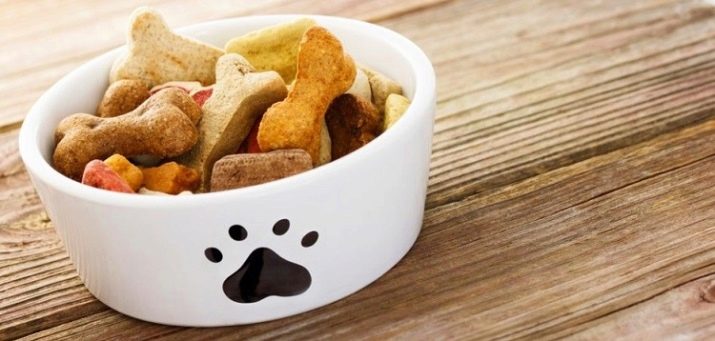
Some owners pre-soak dry food in water. These actions are permissible, but the food should be bred in such a proportion that the dog ate it in one go. All that remains is necessary to throw out. Left pieces of food quickly deteriorate and can adversely affect the health of the pet.
Natural nutrition is not food from the host’s table, but prepared products. It will be beneficial for animals to eat the following foods.
- Meat of low-fat varieties. It can be beef, poultry, beef or chicken liver, heart.
- Once a day, give the pet a boiled egg.
- Boiled cereals from cereals are recommended with the exception of barley, millet, semolina. These cereals cause bloating, colic, due to poor digestion by the dog's body.
- The diet includes fruits, vegetables. You can not give potatoes, legumes.
- Allowed the use of fish, seafood. Any fish is served in boiled form, without bones.
- Sour-milk products should be pasteurized. No raw milk.
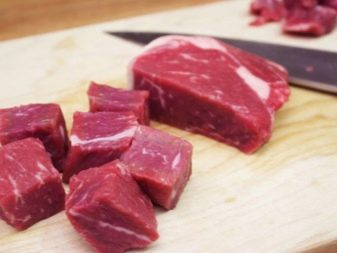
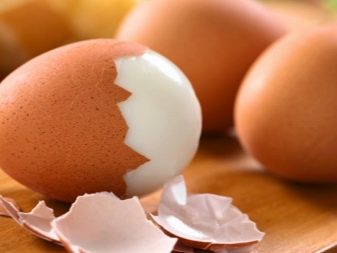
It is forbidden to feed the animal with the following products:
- confectionery products, various buns, pastries, sweets, any flour products;
- spices, seasonings;
- food with preservatives;
- salted, smoked, pickled, fatty products;
- sausages.

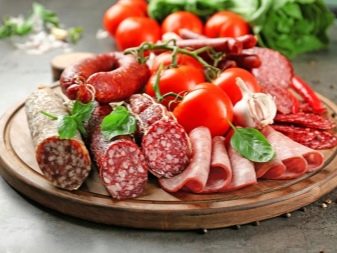
It is impossible to sharply or often change the diet of the animal. Nutritional changes should occur smoothly, within one week it is recommended to introduce or change one type of product. With the combined type of nutrition, the consumption of natural food and dry food at one meal does not occur. The diet is constructed as follows. In the morning, the animal is given dry food and clean water. At lunch, the pet consumes boiled lean meat or fish products. In the evening he receives a dairy product, for example, cottage cheese.
The animal does not need a variety of dishes, there will be enough dry food of one brand, two types of meat or fish, two or one types of cereals and a couple of vegetables. The animal must not be overfed. It is necessary to determine the norm of food consumed and give the pet the same amount of food all the time. The frequency of food intake can be divided into a larger number, but the mass of food consumed should remain the same.Specialists recommended the following picture of food intake. Puppies eat up to two months 6 times a day. From two months - 5 times. From 6 months - 3-4 times. Older than 8 months, the animal eats 2-3 times a day, most often the dog is fed morning and evening. It is advisable to feed the pet at the same hours.
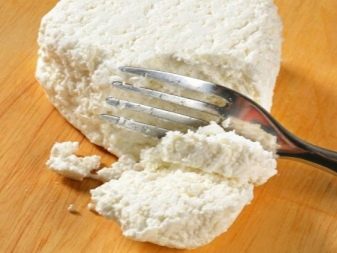
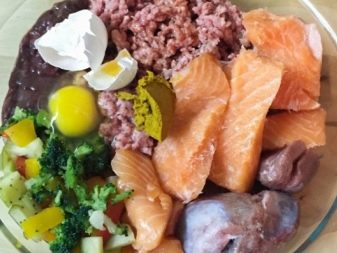
Care
Dog grooming is one of the most important. The structure of the hairs and thick undercoat require combing with a puncher every 2 days. Combing is performed against the direction of hair growth. During molting, combing occurs more often, several times a day. For a general comb of wool, you can use a wide comb. The procedure is performed after a walk on the street. Bathing dwarf dogs occurs infrequently, 1 time per month or less. The skin of the animal does not have a sufficient layer of fat, so frequent bathing can lead to its dryness, the formation of dandruff.
In case of small dirt after a walk, the places are treated with a damp or dry rag. Full bathing is carried out with the help of special shampoos for long-haired or decorative breeds of dogs, which are sold in any pet store. Bathing water should be warm. Shampoo is evenly distributed over the animal’s hair, previously moistened with water. Massage movements are its distribution and foaming. It is necessary to process the tail, torso, legs of the animal. The muzzle area should be affected by the cheeks; ears are not recommended to be touched, as is the area of the eyes and nose. After thoroughly rinsing the shampoo, the animal’s hair is wrung out, the dog is wrapped with a towel.

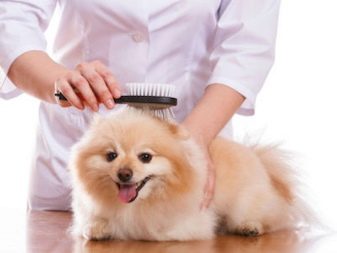
The pet should be placed in a room without drafts, wipe the wool with a dry towel and completely dry it with a hairdryer. When the wool is half dry, you can start combing it with a wide comb in the direction of the air stream. This procedure speeds up the drying process and eliminates the tangle. Already dry hair is recommended to be combed again with a curler. During molting, swimming is prohibited, as the hair falls off and you have to cut it off.
Zerg haircuts tolerate well. It is necessary to give various forms to the animal, it is required during performances at exhibitions, to preserve and emphasize the decorative qualities of the pet. Sheared Spitz tolerates heat and subsequent hair care more easily. Haircuts are made with special tools once a month or less.
The procedure can be carried out at home with ordinary scissors.
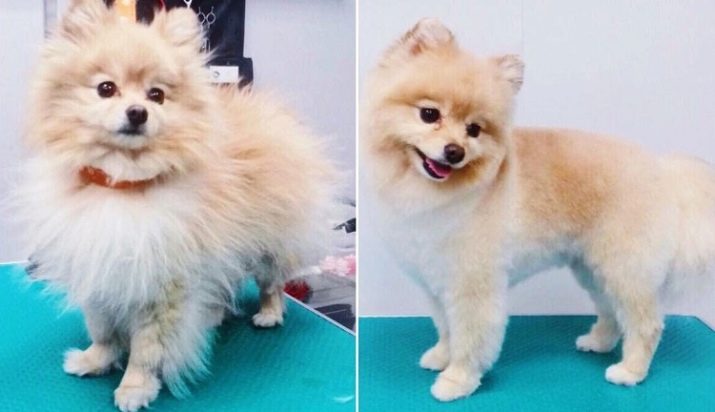
Teeth must be cleaned of food debris with a special tooth powder and toothbrushes. All items are sold in zoo pharmacies. Teeth are cleaned up to three times a week. Eyes, ears are cleaned with special lotions applied to cotton pads. Cleaning is done as the area becomes contaminated with blotting movements. The inner part of the ear located above the auricle is permissible to rub.
The animal needs to cut its nails as the nail plate grows. Pets that regularly visit the street practically do not need this procedure, since their claws grind on stone and other hard surfaces. It is advisable to just give them shape once a month. If the pet lives only in the apartment, clipping is done weekly. This is done with a special clipper, like a guillotine or scissors. The claws are cut off neatly, leaving 3-5 mm of free space to the blood vessel, which is easily visible in the lumen. For the first time, the animal should be taken to the veterinarian, so that he clearly shows how this procedure occurs.
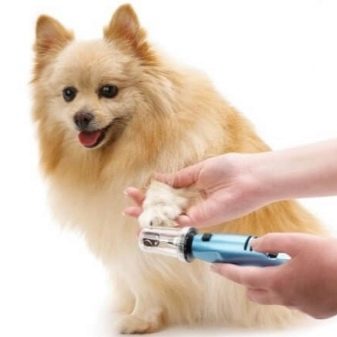
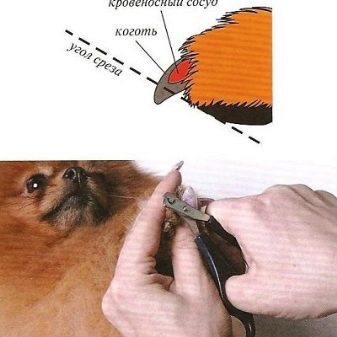
Parenting and training
Animals are very smart and easy to train. Dog training is required, otherwise the character may deteriorate. The following guidelines are recommended.
- The first stages of puppy training include simple resolution commands. Kids are allowed everything that is allowed to an adult dog.
- It is forbidden to apply any physical punishment, voice enhancement.
- Teams are given clearly, clearly, in a persistent form.
- In the process of training, the animal should be caressed, praised, supported by the right actions with delicious treats.
- Any required reaction from the pet must be encouraged.
- Zwergspitz can be accustomed to walking in a tray like cats.
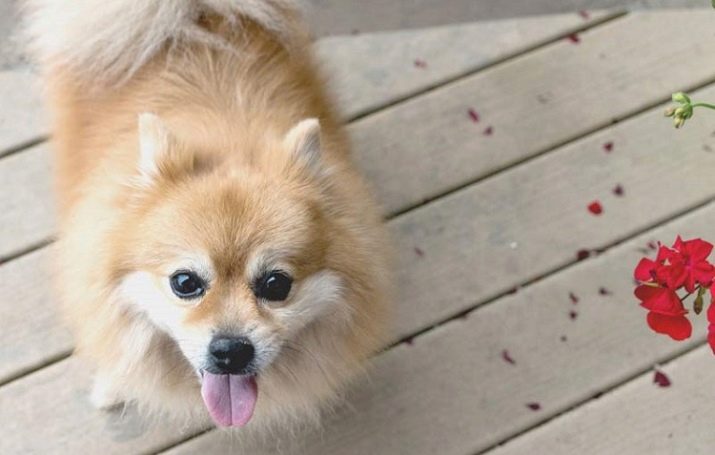
Training begins as soon as the animal gets home. Newspapers or other rags should be laid out on the floor. In places where the pet has relieved, a tray is placed. To get used to the toilet, a piece of the marked newspaper is left in the tray, which over time is replaced by new ones. After a week, the toilet is cleaned and washed. The tray is gradually moved to the place where it will be constantly located. The toilet should be moved 10-20 cm, after each need. When the puppy is getting used to the toilet, the animal can be put in the tray after waking up or eating.
It is recommended to observe the behavior of the pet. If the dog whirls, sniffs the floor, it must be carried in the tray. After going to the toilet, the animal should be awarded a delicious treat. If the puppy did not have time to get to the toilet or missed, doing his own thing, in no case should you shout or punish the pet. The place is washed, treated with any chemical product with a pungent odor. When the animal enters puberty and starts marking the corners, it is recommended to put a plastic bottle filled with any substance in the tray so that it does not turn over. Thus, the pet’s desire to mark the territory will come down to going to the bottle.
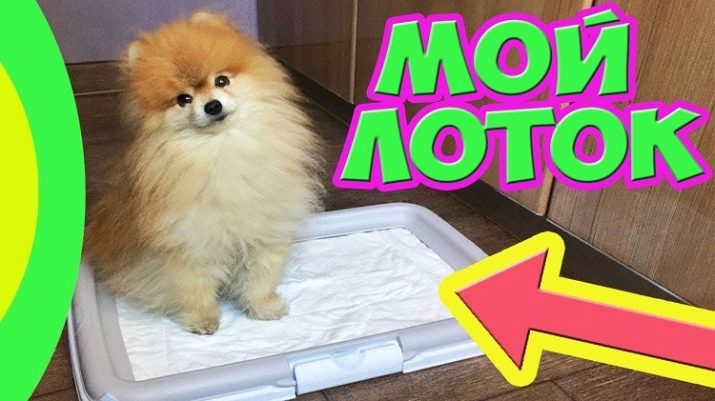
Reviews
Among the reviews of the owners who own mini-spitz, positive ones related to the pet's appearance stand out. However, the dog is a lot of trouble. Most of them are associated with her sometimes uncontrolled harmful behavior. Causes of bad taste arise from the lack or inadequate training. Most often, one fat minus comes out - the animal's health. Pets hit the floor, jumping from beds, sofas, injuring paws.
The Spitz stomach, like the heart, is extremely weak. Manifestations of diarrhea, indigestion, colic. Because of which it takes a lot of time and effort to create a balanced diet for your pet. A dog requires a lot of time, it should not be started by people who often leave or are few at home. Keeping an animal is not cheap, you should calculate the ability of your wallet.
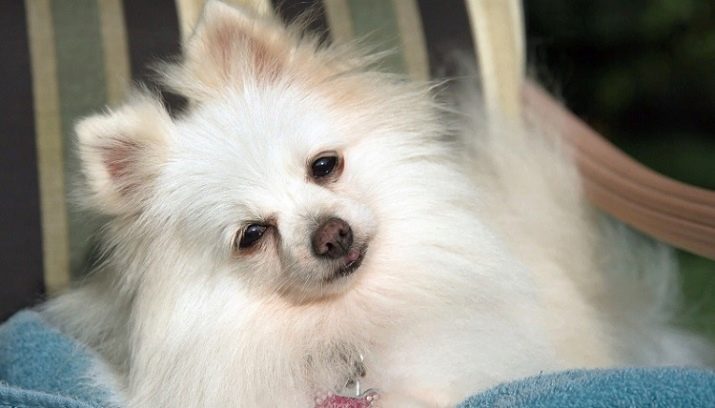
In general, miniature dogs are pleasant companions, good-natured, active dogs, similar to children, capable of bringing a loving host a sea of pleasant moments.
In the next video, a dwarf spitz trimmer is waiting for you.
